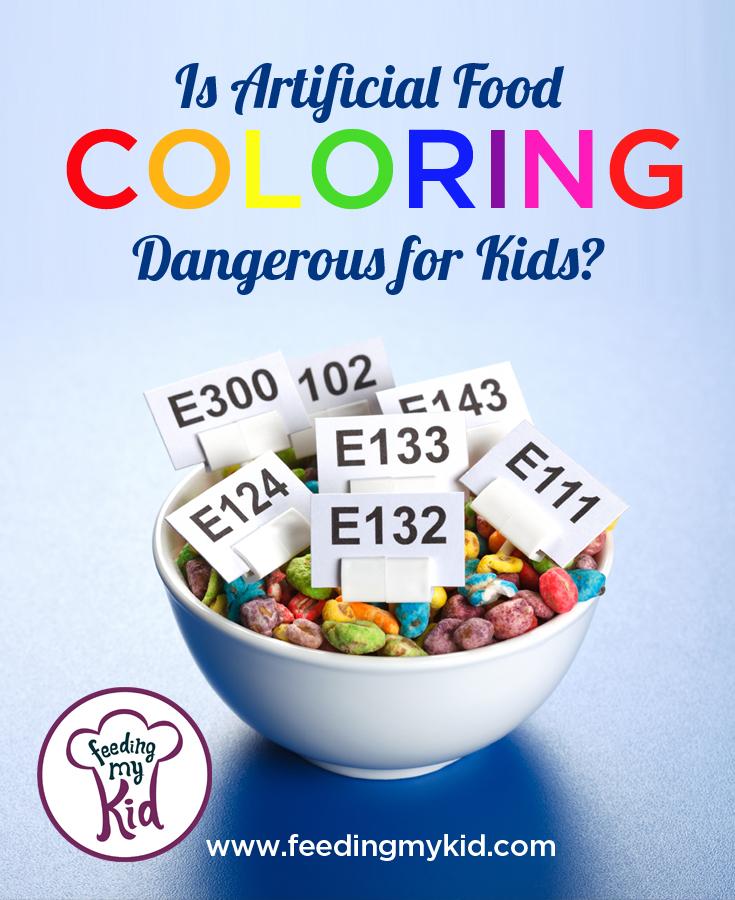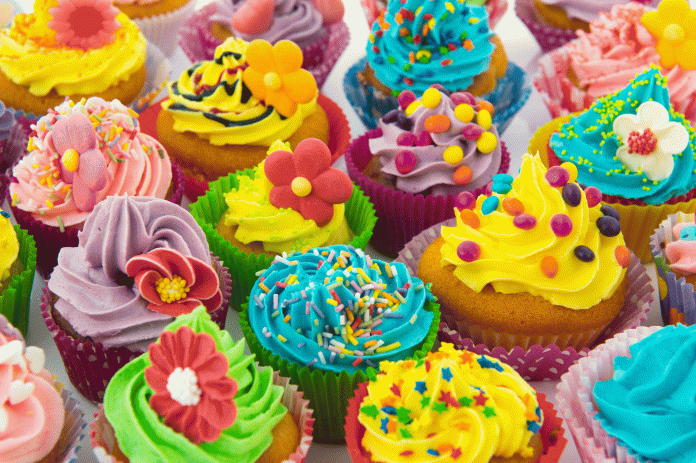What does the gas that fuels your car and a bag of skittles have in common?
Give up?
They both contain petroleum. Skittles contain petroleum? Yep! That bag of skittles you let your kids enjoy as a special treat, along with thousands of other products, all contain artificial food coloring, which is made from chemicals that are derived from the same petroleum that we pump into our vehicles.(1)
The Basics
Most major US food companies use artificial coloring to enhance the appearance of their products and make their food more desirable to consumers. These dyes are added to dozens of different products, especially those marketed to children. Foods such as candy, juice, cereal, baked goods, snack crackers, gummy snacks, boxed macaroni and cheese, salad dressings and even toothpaste all contain these chemicals.(2) The FDA must approve all artificial food coloring before they even make it into our food system, but are these chemicals really safe?(3)
Check Out More kids Recipes Here:
- Change What Your Kids Are Eating for Breakfast. Find out why!
- The Best Creative Crafts to Keep Your Kids Entertained
- Cute and Easy Kids Party Food Ideas. Your Guests Will Love These
Food Coloring and the Link to Hypersensitivity
In recent years, many scientific studies have shown a link correlating the consumption of artificial food coloring to an increase in hypersensitivity and ADHD in children. While most of the studies were not able to conclude that they were the root cause of ADHD , they did show a strong link that food dyes magnify ADHD symptoms in children that already display these signs and most children’s behavior improved when the dyes where eliminated.(4)
How Much Are We Really Consuming?
In the US alone, over 15 million pounds per year!(1) Studies show that as little as 30 milligrams of artificial food coloring a day can start to cause adverse reactions in children. Depending on a child’s diet, some may be ingesting over 3 times that amount. “A child who eats 2 cups of Kraft Macaroni & Cheese, a small bag of Skittles, and 8 ounces of Crush Orange will consume 102 milligrams of artificial coloring.” One of the largest sources is the beverages we serve our children. Certain flavors of Kool Aid can have over 50 milligrams of food dye per serving!
Listed below are some kid favorites that were tested and their levels of food dye per serving: (5)
- Kool-Aid Burst Cherry-52.3 mg in 8 0z
- Sunny D Orange Strawberry-41.5 mg in 8 0z
- Cap’n Crunch Oops All Berries!-41 mg
- Crush Orange Soda-33.6 mg in 8 oz
- Skittles Original-33.3 mg
- Fruity Cheerios-31 mg
- M&Ms Milk Chocolate-29.5 mg
- Powerade Orange Sports Drink 22.1 mg in 8 oz
- Kraft Macaroni & Cheese-17.6 mg
- Keebler Cheese & Peanut Butter Crackers-14.4 mg
- Kraft’s Creamy French Salad Dressing-5 mg
Artificial Food Coloring in Other Countries
There are a total of seven artificial food colors approved for use in the US by the FDA; Blue #1, Blue #2, Green #3, Red #3, Red #40, Yellow #5 and Yellow #6. Other countries all over the world have banned or put specific rules on the use of these chemicals. Norway and Austria have banned 5 of these 7, and the European Union tries to limit the amount used and mandates that warning labels be clearly visible on foods that do contain these artificial food coloring’s.(6)
A perfect example is Kellogg’s Nutri Grain Cereal Bars: Here in the US the strawberry bar is colored with Red #4, Blue #1 and Yellow #6, in Great Britain the same exact bar is colored with natural ingredients, such as beetroot red, annatto (derived from the seeds of the achiote tree) and paprika extract.(7)
What Can We Do?
As parents, what can we do to keep our children away from these potentially harmful chemicals? There are a number of solutions.
1.) Make our food dyes using natural, organic ingredients that can be found at any local food store. Check out a list of fun and easy ideas and recipes to make your own organic food coloring!
2.) Use natural vegetable based pre-made dyes and sprinkles which you can purchase online or in specialty-retailers.
Do You Think Food Coloring and Dyes Are Healthy?
Check out the Rainbow of Risk PDF about Food Dyes from the Center of Science of Public Interest
Share your thoughts in the comments.

